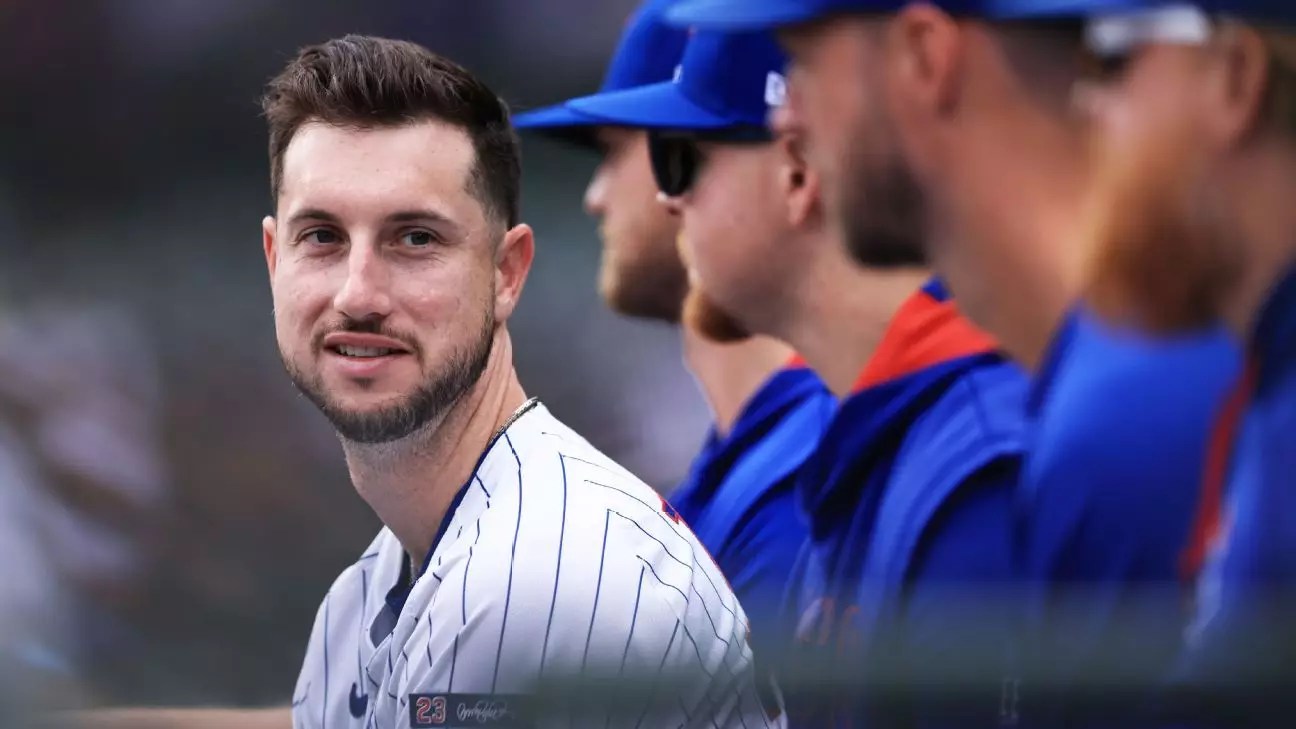In the high-stakes world of professional baseball, physical injuries are often apparent—bruises, fractures, and sprains that require medical attention and visible recovery periods. Yet, beneath the surface lies a more subtle and insidious threat: the lingering psychological and mechanical effects of injuries that don’t always heal neatly or quickly. Kyle Tucker’s story exemplifies this hidden struggle. Despite a clear diagnosis of a hairline fracture in his hand, Tucker’s resilience and determination to keep playing underscore the mental toughness often demanded from athletes. However, forcing through pain or discomfort can jeopardize long-term performance, revealing a critical tension between grit and the necessity for proper rehabilitation.
The importance of acknowledging and addressing these “invisible” injuries cannot be overstated. Athletes like Tucker often favor the notion of being “fine” to maintain their role on the team, but the truth is more nuanced. Small injuries, especially in sensitive areas such as the hand, influence mechanics, timing, and confidence. The subtle shifts in a player’s movement can ripple into stark performance declines, as evidenced by Tucker’s recent struggles. The challenge for management and trainers is balancing a player’s expressed readiness with objective assessments that reveal the true state of their physical and psychological well-being.
The Power of Mechanical and Mental Healing in Athletic Performance
The recent diagnosis confirming Tucker’s fully healed fracture raises a pivotal question: why hasn’t his performance rebounded to its earlier heights? The answer lies not just in the physical healing but also in restoring optimal mechanics and mental confidence. When dealing with hand injuries, proper healing isn’t merely about bone repair; it involves ensuring that the athlete’s grip, swing, and overall coordination return to peak form.
Tucker’s performance slump—marked by a low batting average, fewer extra-base hits, and an alarming rise in ground ball rate—indicates deeper issues than injury alone. It suggests that the nervous system, muscle memory, and rhythm have been disrupted. Athletes often have to undergo psychological reintegration—regaining trust in their body’s ability to perform at full capacity. The mental barrier, coupled with mechanical adjustments, can take time, even after the injury has technically healed.
Moreover, Tucker’s decision to refuse an injured list stint highlights another important facet: the relentless drive of athletes to perform despite setbacks. While admirable, this determination can backfire if it leads to insufficient rehab, creating a cycle of underperformance and frustration. The coaching staff’s acknowledgment of the injury’s impact stresses that recovery is a multifaceted process—one that involves patience, tailored training, and mental resilience.
Strategic Rest and the Road to Redemption
The Cubs’ decision to give Tucker a few days off reflects an understanding that recovery isn’t linear. Rest is a strategic tool, allowing time for the body and mind to recalibrate. For Tucker, this period of pause could be pivotal, offering an opportunity to reset his mechanics and rebuild confidence. The mental aspect of recovery is often overlooked in sports discourse, but it is perhaps the most complex and influential element.
Looking ahead, Tucker’s upcoming return to the lineup on the West Coast signifies a test—can he translate the physical healing into renewed performance? It’s essential that both the player and coaching staff approach this phase with patience and precision. Tucker must embrace a focus on technique, not just results, to regain his offensive rhythm. Team support, combined with tailored training regimens, can facilitate this process.
Ultimately, Tucker’s journey exemplifies the broader lesson that athletic success demands more than just physical durability. It requires a holistic approach—integrating medical recovery, mechanical refinement, and psychological resilience. If he can navigate this path successfully, it might not only rejuvenate his career but also set an inspiring example for athletes facing similar crossroads. The road to health and peak performance is rarely straightforward, but with intentional care and unwavering commitment, Tucker holds the potential to return stronger than ever.


Leave a Reply